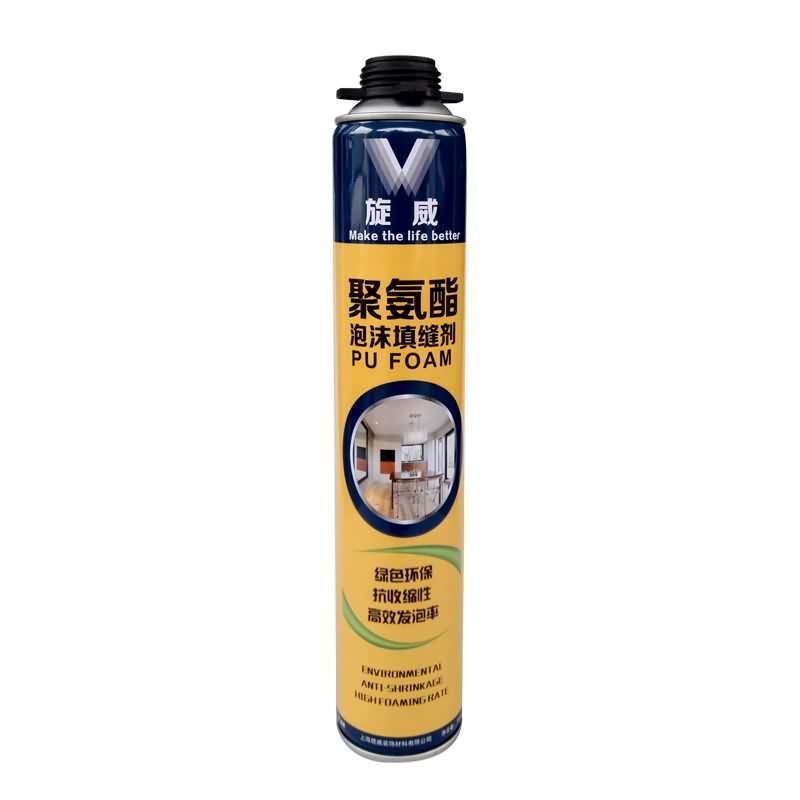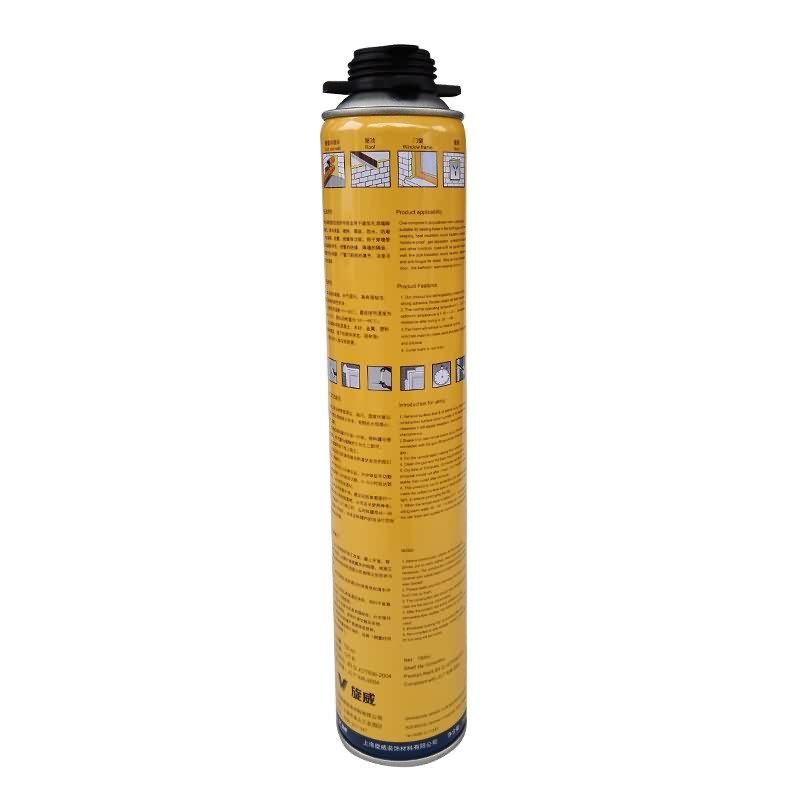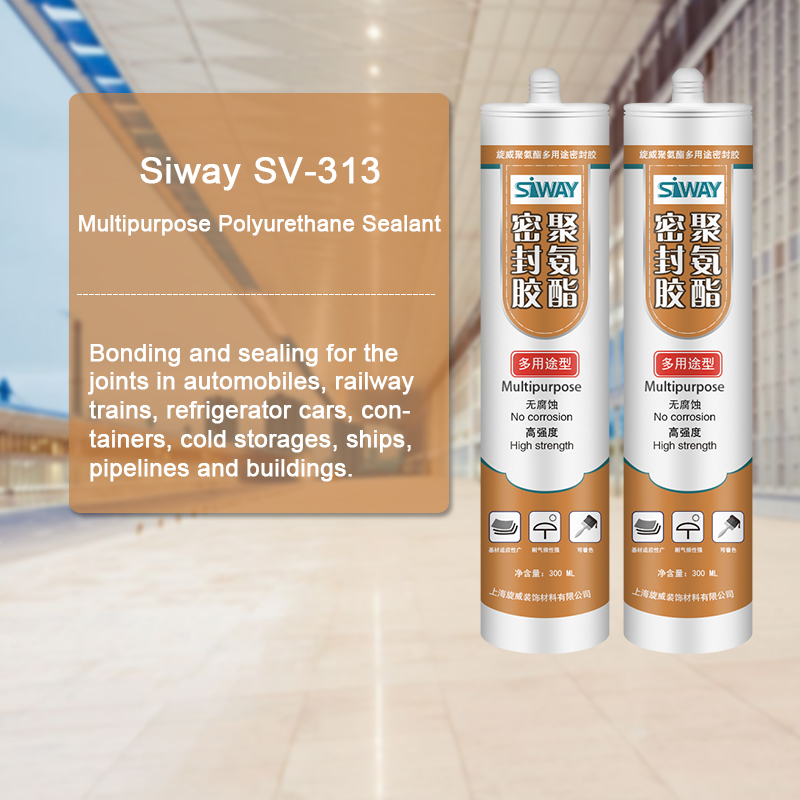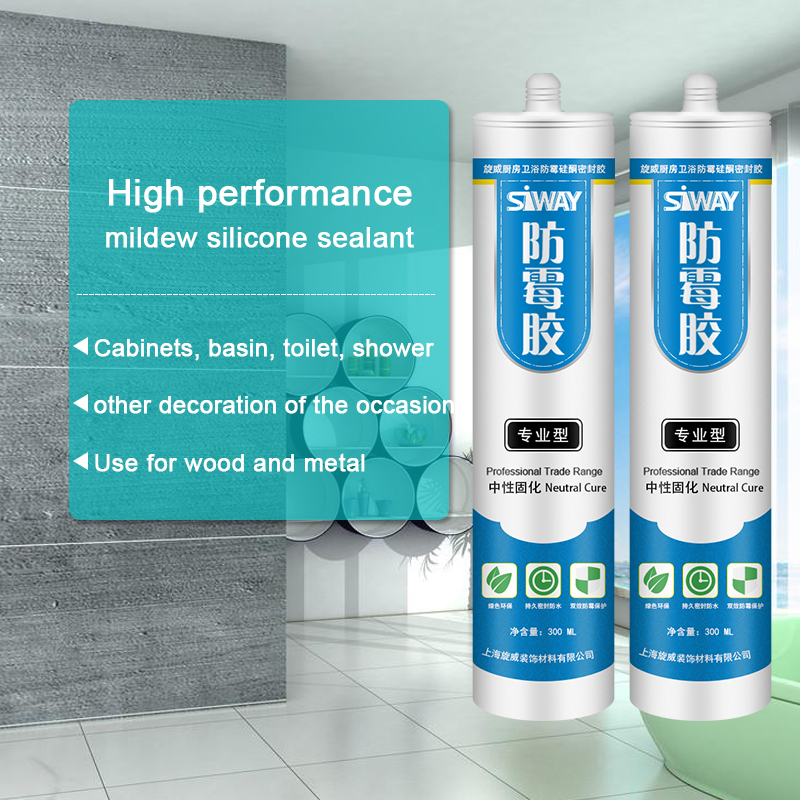China Gold Supplier for Siway PU FOAM for Atlanta Factory
Short Description:
Description This product is the expansion, moisture curing, has the strong cohesiveness, elastic foam obturator structure; Save work to save time, reduce waste; High bond strength; Bubble can stick in the concrete, wood, metal, plastic, such as base material surface, but not including teflon, silicon resins; Key Features 1. Noise silencing effect 2. Strong bonding strength 3. Water & weatherproof 4. Primerless adhesion to most building materials Basic Application 1.Doors and Windows a...
As a result of ours specialty and service consciousness, our company has won a good reputation among customers all over the world for China Gold Supplier for Siway PU FOAM for Atlanta Factory, We also ensure that your selection will be crafted with the highest quality and reliability. Please feel free to contact us for further information.
Description
This product is the expansion, moisture curing, has the strong cohesiveness, elastic foam obturator structure; Save work to save time, reduce waste; High bond strength;
Bubble can stick in the concrete, wood, metal, plastic, such as base material surface, but not including teflon, silicon resins;
Key Features
1. Noise silencing effect
2. Strong bonding strength
3. Water & weatherproof
4. Primerless adhesion to most building materials
Basic Application
1.Doors and Windows and wall body between the gap filling sealing, fixed bond
2.Language lab, studio, etc when decorating, gap to fill
Technical data sheet
|
Project |
Value |
||
|
Density, Kg/m³,Not less |
10 |
||
|
Thermal conductivity,35℃,W/(m·K) no more than |
0.050 |
||
|
Dimensional stability(23±2)℃,48,h no more than |
5 |
||
|
Operating temperature |
-10~+35℃ |
||
|
Optimum operating temperature |
+18~+25℃ |
||
|
Temperature range(After curing) |
-35~+80℃ |
||
|
Tensile bond strength kPa Not less |
Aluminum plate |
Standard condition,7d |
80 |
|
Immersion,7d |
60 |
||
|
PVC plate |
Standard condition,7d |
80 |
|
|
Immersion,7d |
60 |
||
|
Cement Plate |
Standard condition,7d |
60 |
|
|
Shear strength,kpa,Not less |
80 |
||
|
Foam expansion ratio,Not less |
Standard value-10 |
||
Certification
JC 936-2004
Color
White
Package
750ml in Bottle * 12 per box
Shelf life
12 months
Note
If you want the TDS or MSDS or other details, please contact with our sales person.
https://www.4plusmedia.tv/
Shkolla e mesme e bashkuar “Çermë Sektor”
Shkolla e mesme e bashkuar “Çermë Sektor” është e vetmja shkollë në rrethin e Lushnjes e cila ka një klasë të veçantë për nxënësit me aftësi të kufizuar. Në këtë shkollë janë 5 fëmijë të tillë nga klasa e dytë deri në të pestën. Përveç marrjes së dijeve së bashku me fëmijët e tjerë të klasës , ata mësohen me metoda të veçanta rreth një orë e gjysmë në ditë nga një mësuese profesioniste. Po kështu këta fëmijë ndihmohen edhe nga shokët me lodra të ndryshme argëtuese. Vetë mësuesja e tyre Elda Sinani flet për punën që bën çdo ditë me këta fëmijë, si dhe u bën thirrje edhe shkollave të tjera të cilat kanë në gjirin e tyre të tillë fëmijë, që të krijojnë klasa të veçanta për ta dhe ti mësojnë me metoda specifike për këtë kategori.
What is SILICONE RUBBER? What does SILICONE RUBBER mean? SILICONE RUBBER meaning – SILICONE RUBBER definition – SILICONE RUBBER explanation.
Source: Wikipedia.org article, adapted under https://creativecommons.org/licenses/by-sa/3.0/ license.
Silicone rubber is an elastomer (rubber-like material) composed of silicone—itself a polymer—containing silicon together with carbon, hydrogen, and oxygen. Silicone rubbers are widely used in industry, and there are multiple formulations. Silicone rubbers are often one- or two-part polymers, and may contain fillers to improve properties or reduce cost. Silicone rubber is generally non-reactive, stable, and resistant to extreme environments and temperatures from -55 °C to +300 °C while still maintaining its useful properties. Due to these properties and its ease of manufacturing and shaping, silicone rubber can be found in a wide variety of products, including: automotive applications; cooking, baking, and food storage products; apparel such as undergarments, sportswear, and footwear; electronics; medical devices and implants; and in home repair and hardware with products such as silicone sealants.
In its uncured state, silicone rubber is a highly-adhesive gel or liquid. In order to convert to a solid, it must be cured, vulcanized, or catalyzed. This is normally carried out in a two-stage process at the point of manufacture into the desired shape, and then in a prolonged post-cure process. It can also be injection molded.
Silicone rubber may be cured by a platinum-catalyzed cure system, a condensation cure system, a peroxide cure system, or an oxime cure system. For platinum catalyzed cure system, the curing process can be accelerated by adding heat or pressure.
In a platinum-based silicone cure system, also called an addition system (because the key reaction building polymer is an “Addition reaction”). With platinum as catalyst, two different chemical groups react, a silicone hydride and a vinyl. In this reaction, an ethyl group is formed and there are no byproducts. Two separate components must be mixed to catalyze the polymers: the one component contains a platinum complex which must be mixed with the second, a hydride- and a vinyl-functional siloxane polymer, creating an ethyl bridge between the two. Such silicone rubbers cure quickly, though the rate of or even ability to cure is easily inhibited in the presence of elemental tin, sulphur, and many amine compounds.
Condensation curing systems can be one-part or two-part systems. In one-part or RTV (room-temperature vulcanizing) system, a cross-linker exposed to ambient humidity (i.e., water) experiences a hydrolysis step and is left with a hydroxyl or silanol group. The silanol condenses further with another hydrolyzable group on the polymer or cross-linker and continues until the system is fully cured. Such a system will cure on its own at room temperature and (unlike the platinum-based addition cure system) is not easily inhibited by contact with other chemicals, though the process may be affected by contact with some plastics or metals and may not take place at all if placed in contact with already-cured silicone compounds. The crosslinkers used in condensation cure systems are typically alkoxy, acetoxy or oxime silanes such as methyl trimethoxy silane for alkoxy-curing systems and methyl triacetoxysilane for acetoxy-curing systems. In many cases an additional condensation catalyst is added to fully cure the RTV system and achieve a tack-free surface. Organotitanate catalysts such as tetraalkoxy titanates or chelated titanates are used in alkoxy-cured systems. Tin catalysts such as dibutyl tin dilaurate (DBTDL) can be used in oxime and acetoxy-cured systems….







